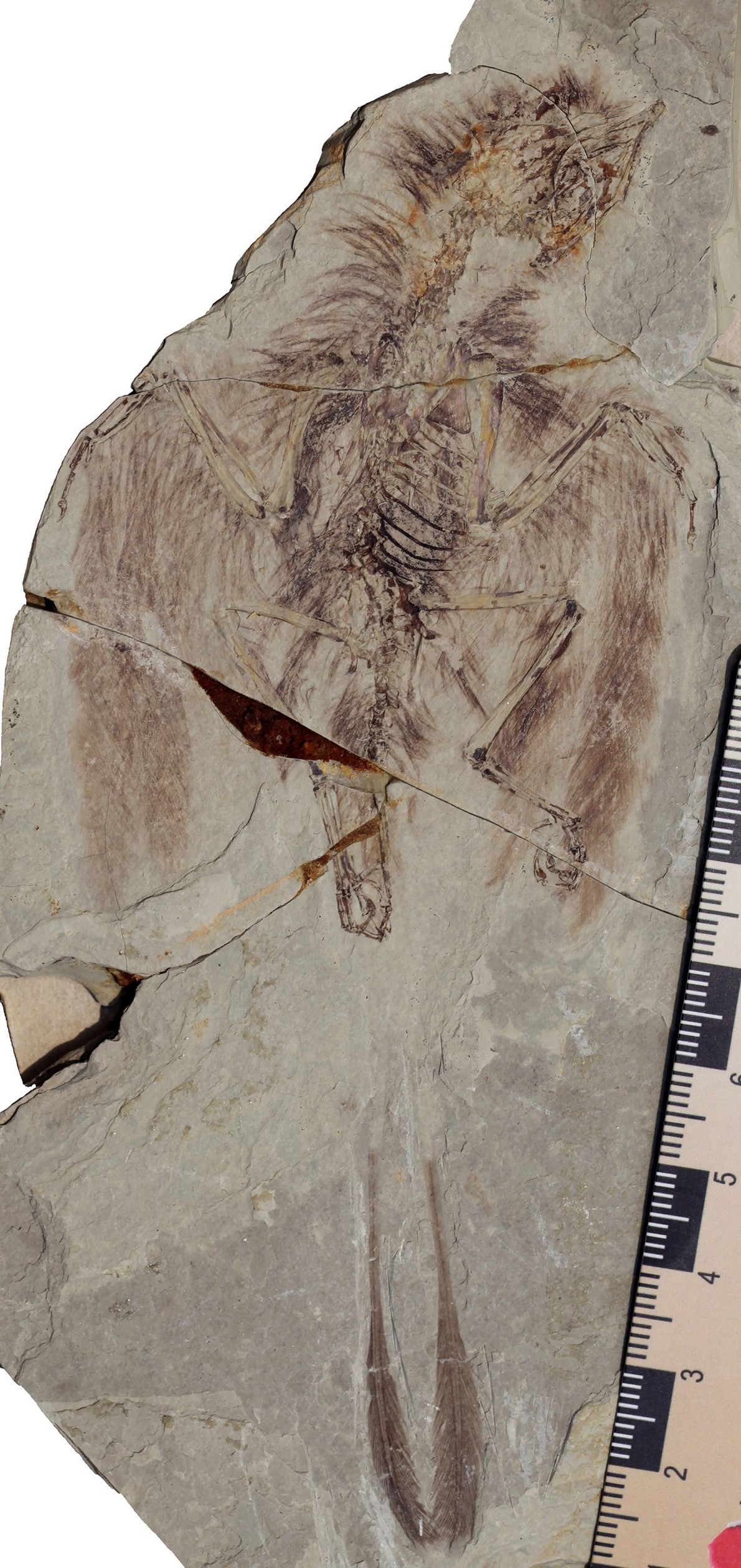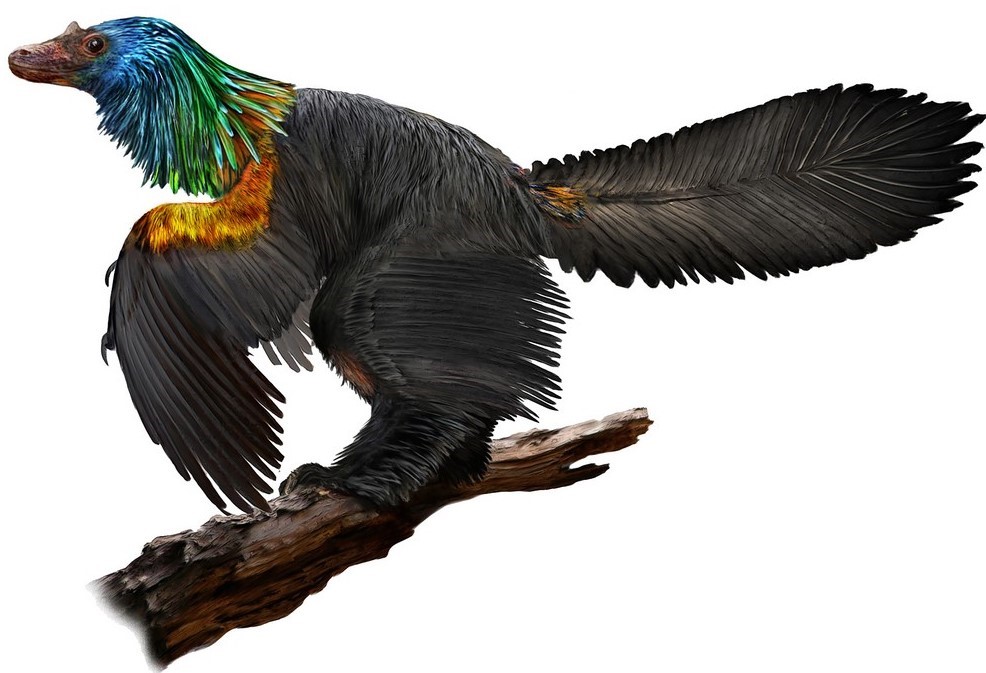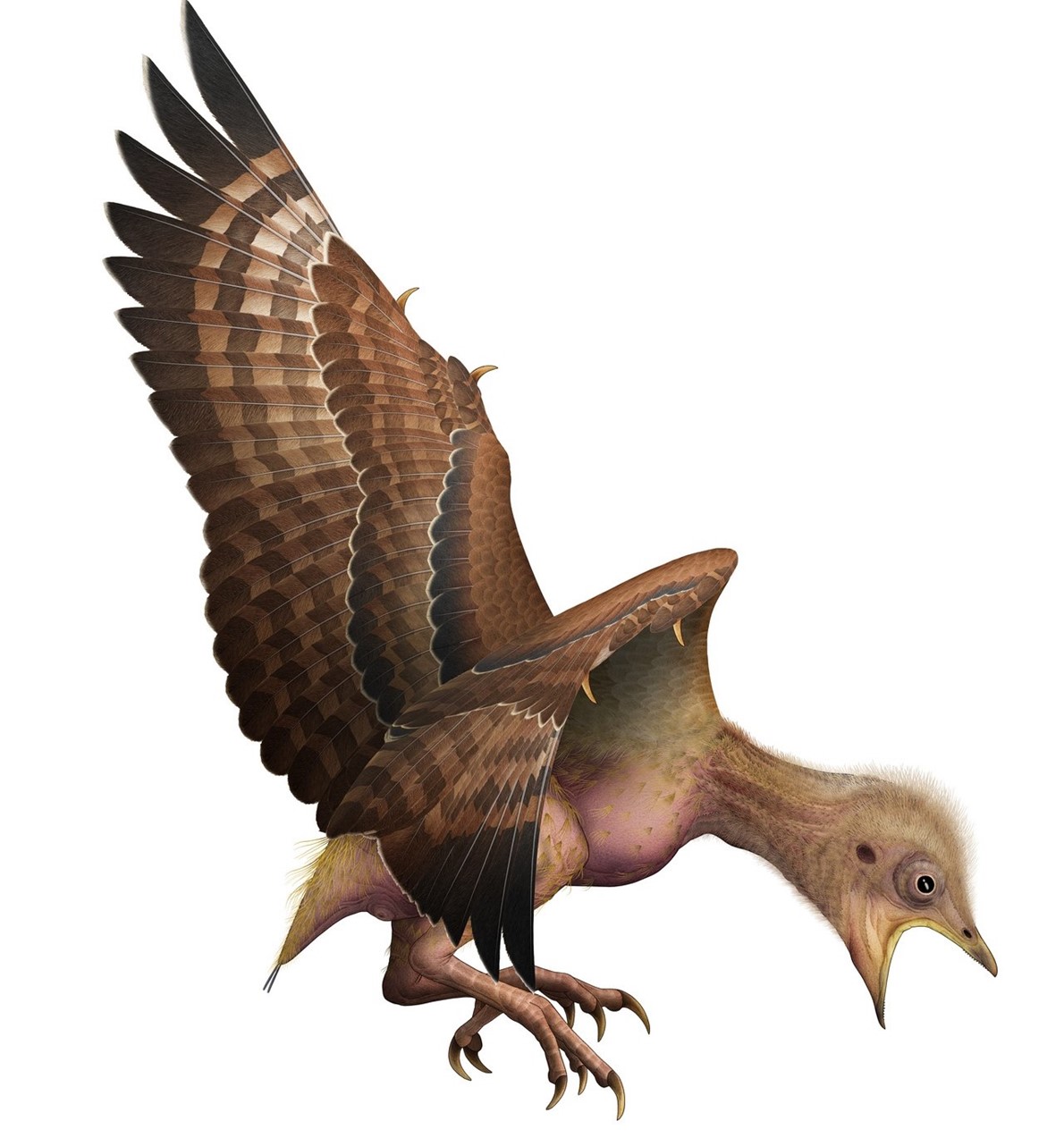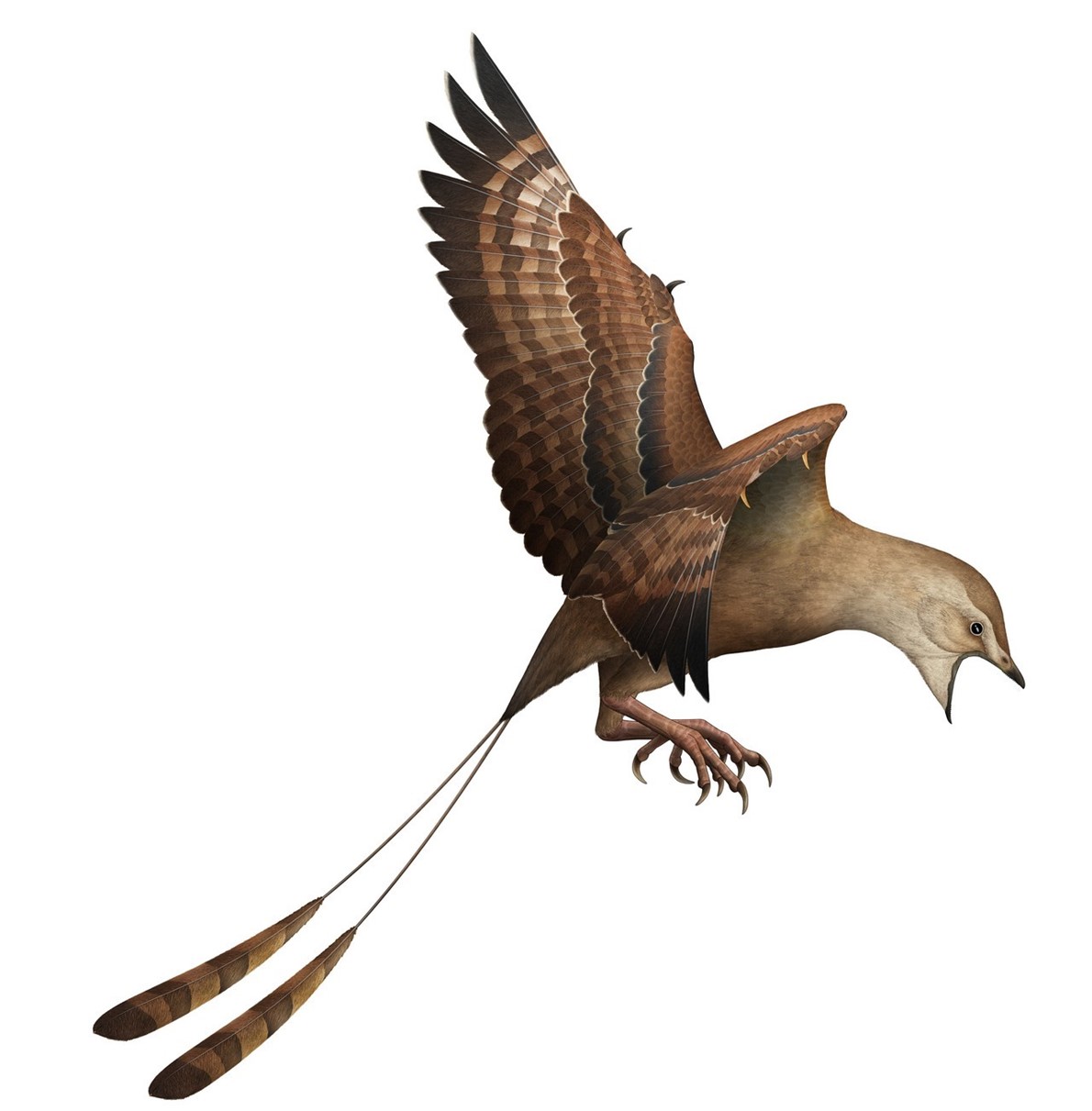In 1993, “Jurassic Park” helped inspire nine-year-old
Stephen Brusatte to become a paleontologist. So Brusatte was thrilled to advise
the producers of last year’s “Jurassic World: Dominion” on what scientists had
learned about dinosaurs since he was a child.
اضافة اعلان
He was especially happy to see one of the most important
discoveries make it to the screen: dinosaurs that sported feathers. But judging
from the emails he has been receiving, some moviegoers did not share his
excitement.
“A lot of people thought it was made up,” said Brusatte, a
professor at the University of Edinburgh. “They thought it was filmmakers
trying to do something crazy.”
Far from crazy, feathered dinosaurs have become a
well-established fact, thanks largely to a trove of remarkable fossils that
were unearthed in northeast China since the mid-1990s. Now Brusatte and other
paleontologists are trying to determine exactly how feathered dinosaurs
achieved powered flight and became the birds that fly overhead today — an
evolutionary mystery that stretches more than 150 million years.
The first big clue to the origin of birds came in 1861, when
quarry workers in Solnhofen, Germany, found a spectacular fossil of a
145-million-year-old bird that came to be called Archaeopteryx. It had feathered
wings like living birds, but also had traits found in reptiles, such as teeth,
claws and a long bony tail.
 A photo of a fossil of a
juvenile enantiornithine, a bird that dominated the skies for tens of millions
of years, with ornamental rachis-dominated rectrices (the long feathers
extending from its bottom) from Shandong province.
A photo of a fossil of a
juvenile enantiornithine, a bird that dominated the skies for tens of millions
of years, with ornamental rachis-dominated rectrices (the long feathers
extending from its bottom) from Shandong province.
Charles Darwin, who had published “On the Origin of Species”
two years earlier, was delighted. Archaeopteryx looked like what Darwin would
have predicted if birds had evolved from reptilian ancestors. “It is a grand
case for me,” he told a friend.
Grand as it might have been, Archaeopteryx did not close the
case. It did not, for example, reveal which group of reptiles gave rise to
birds, nor did it track how those ancestors evolved wings from nothing.
In the 1970s, John Ostrom, a paleontologist at Yale
University, identified similarities in the skeletons of birds and
ground-running dinosaurs called theropods, a group that includes the
Velociraptor and the Tyrannosaurus rex. But no theropod fossils preserved
wings, let alone feathers. Without more evidence, Ostrom and other
paleontologists argued fiercely about the origin of birds for decades.
In 1996, Pei-ji Chen, a paleontologist from the Nanjing
Institute of Geology and Paleontology in China, came to a paleontology meeting
at the American Museum of Natural History in New York, where he handed a packet
of photographs to Ostrom.
 An illustration provided shows an artist’s impression of a
Caihong juji, a 160 million-year-old bird-like dinosaur found in Hebei province
in China, which had an iridescent, rainbow crest.
An illustration provided shows an artist’s impression of a
Caihong juji, a 160 million-year-old bird-like dinosaur found in Hebei province
in China, which had an iridescent, rainbow crest.
The pictures showed a fossil of a dinosaur with a fringe of
what looked like rudimentary feathers. Ostrom was so astonished he had to sit
down.
The 125-million-year-old fossil, now known as
Sinosauropteryx prima, came from the Liaoning Province of northeastern
China. It was exquisitely preserved in a Pompeii-like blanket of ash. Since
then, a steady stream of feathered dinosaur fossils has emerged from the
region.
“There are many thousands of feathered dinosaurs now,”
Brusatte said.
As more fossils emerged, paleontologists realized that
theropods were not the only dinosaurs with feathers. Other species had simple
versions, which looked more like wires than the complex network of interlocking
filaments found in bird feathers today.
 An illustration shows an artist’s impression of one of the
molt cycles of an enantiornithine, a bird that dominated the skies for tens of
millions of years, based on fossil evidence from three specimens.
An illustration shows an artist’s impression of one of the
molt cycles of an enantiornithine, a bird that dominated the skies for tens of
millions of years, based on fossil evidence from three specimens.
By 160 million years ago, theropods had exploded into a
bizarre menagerie of feathered forms. Julia Clarke, a paleontologist at the
University of Texas, and her colleagues have studied fossils discovered in
Hebei Province in China of a stunning and bizarre species called Caihong juji.
Fossilized pigments in the feathers suggest that its body was black, while its
head and shoulders were an iridescent rainbow.
It’s hard to figure out how Caihong juji used its feathers.
Modern birds have asymmetrical feathers on their wings, which help steer the
flow of air to generate lift. But Caihong juji had asymmetrical feathers only
on its tail.
Theropods may have initially used their feathers to generate
lift as they ran. That ability might have allowed them to climb slopes faster,
or even scale the sides of trees. Feathered dinosaurs like Caihong juji lacked
the muscles for powered flight like birds, but they might have jumped and
glided in ways scientists have yet to figure out.
 An illustration shows an artist’s impression of one of the
molt cycles of an enantiornithine, a bird that dominated the skies for tens of
millions of years, based on fossil evidence from three specimens.
An illustration shows an artist’s impression of one of the
molt cycles of an enantiornithine, a bird that dominated the skies for tens of
millions of years, based on fossil evidence from three specimens.
“These organisms are just weird, and I think they defy our
logic,” said Jingmai O’Connor, a paleontologist at the Field Museum in Chicago.
Feathered dinosaurs were more than just intermediates on the
path to birds as we know them. They survived for tens of millions of years.
“They were clearly good at whatever they were doing,” Clarke said.
Archaeopteryx belonged to one branch of the dinosaur tree
that later adapted to fly longer distances. But paleontologists are still split
over just how well it could fly. While Archaeopteryx had asymmetrical feathers
on its wings, it did not have a sternum that could anchor powerful flight
muscles.
Later, roughly 130 million years ago, early birds split into
two major branches, both of which evolved independently into powered flyers.
The lineage that led to all living birds is known as the ornithuromorphs. But
it was the other branch, called the enantiornithines, that dominated the skies
for tens of millions of years.
On a superficial level, enantiornithines look a lot like
birds today. But O’Connor and her colleagues are uncovering a lot of strange
biology within them.
 An illustration shows an
artist’s impression of one of the molt cycles of an enantiornithine, a bird
that dominated the skies for tens of millions of years, based on fossil
evidence from three specimens.
An illustration shows an
artist’s impression of one of the molt cycles of an enantiornithine, a bird
that dominated the skies for tens of millions of years, based on fossil
evidence from three specimens.
Living birds, for example, are typically born without
feathers or just a downy fuzz, and then grow their feathers across their whole
body. They gradually molt feathers as adults so that they never lose the coat
that keeps their bodies warm.
But enantiornithine birds seem to have developed feathers in
a radically different way, as O’Connor and her colleagues argued in a recent
study. They hatched with bare bodies but with fully feathered wings. As they
matured, they grew plumage on their bodies. But as adults, they molted their
body feathers all at once. Until their new feathers grew in, they had to
survive without their insulating plumage.
This lineage of birds survived until 66 million years ago,
when an asteroid struck the Earth. Roughly three-quarters of all species on the
planet were wiped out, including all feathered dinosaurs except the
ornithuromorphs.
O’Connor and other paleontologists are investigating why
those birds survived when all other feathered reptiles vanished. The debris
from the impact caused widespread wildfires, followed by darkness and a plunge
in temperatures. Terrestrial ecosystems collapsed. Feathered dinosaurs that ate
leaves or small animals might have starved. But birds had evolved beaks that
allowed them to eat the vast quantities of seeds buried in the ground.
O’Connor thinks other factors may have also been at play.
After thriving for 70 million years or more, enantiornithines may have suddenly
become vulnerable in the cold weather after the asteroid when they molted all
their feathers at once.
“You throw them in an impact winter, where now global
temperatures have decreased and there’s resource scarcity, it’s just going to
push them over the edge,” O’Connor said.









